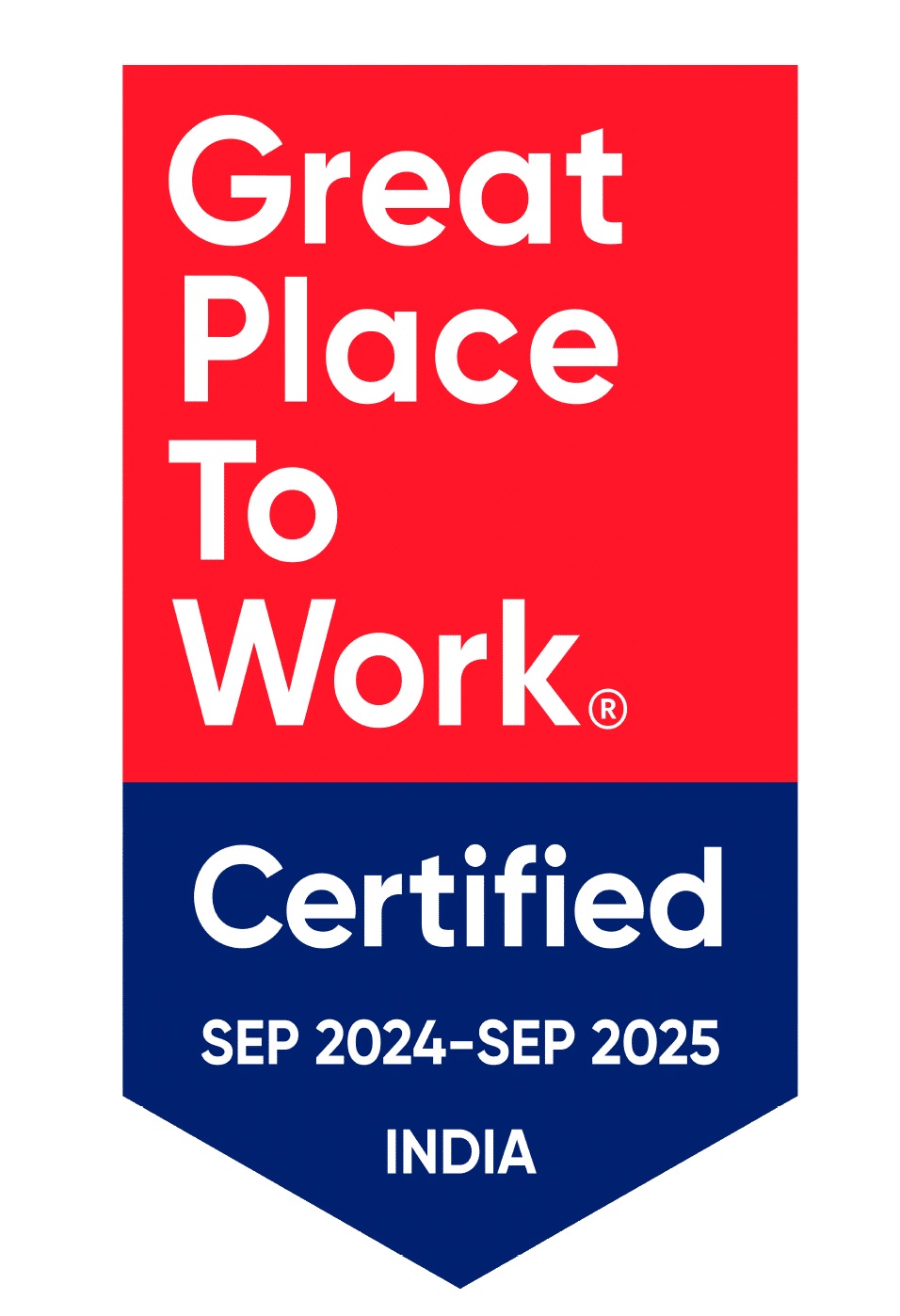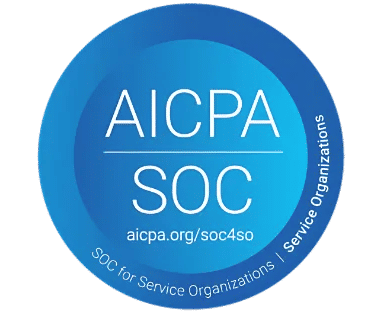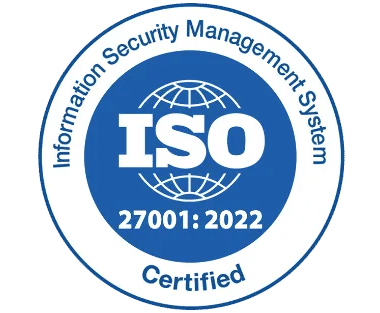Performance Management System: An Essential Guide

In today’s fast-moving business world, companies need to make sure their employees work well toward the same goals and keep getting better. According to report, a good Performance Management System (PMS) helps organizations do just that by setting clear expectations and tracking progress. Research shows that when employees know their roles and get regular feedback, they feel more motivated and work harder.
Studies also highlight how important performance management is for business success. For example the HR Trends Report found that 70 percent of top companies use ongoing performance management to increase employee engagement and improve results. The report also points out that companies with strong performance systems are twice as likely to keep their employees longer and keep their customers happier.
This guide will explain how a PMS works and why it is important for both employees and businesses to grow together.
What Is a Performance Management System?
A Performance Management System (PMS) helps companies guide their employees to do their best. It starts by setting clear goals that fit the company’s needs and making sure everyone understands what they need to achieve. A good PMS also involves giving feedback often, not just once a year, so people can keep improving along the way.. This helps employees improve and stay motivated. It also helps managers see what employees do well and where they need support. The most important thing a PMS does is connect each person’s work to the company’s bigger goals. When employees understand how what they do fits into the whole, they feel more connected and motivated to do their best. Simply put, a Performance Management System is a clear and effective way to help both employees and the company grow together.
What are the Stages of Performance Management Systems?
A Performance Management System follows several key stages to help employees and organizations succeed. These stages create a cycle of continuous improvement:
- Planning: Set clear goals that match the company’s needs. Managers and employees agree on what to achieve and how to measure success. This starts the work for the year. Clear goals help everyone stay focused. When everyone understands the plan, teamwork improves.
- Monitoring: Check progress often to make sure work stays on track. Give feedback and fix problems early. Regular updates keep small issues from growing. Staying involved helps managers support their teams better.
- Development: Providing support through training, coaching, and resources to help employees improve their skills and performance. Development also encourages employees to take ownership of their growth and career paths.
- Reviewing: Look back at how goals were met. Find strengths and areas to improve. Plan for the future. Honest reviews guide better performance. They also open up important conversations between managers and employees.
- Rewarding: Recognizing and rewarding employee achievements to encourage motivation and engagement. Timely rewards also build a positive work culture and reinforce high performance.
The Importance of a Performance Management System
Implementing an effective PMS offers several benefits:
- Enhanced Employee Engagement: Regular feedback and recognition keep employees motivated and committed. When people know their work truly matters, they naturally want to give their best and bring their full energy every single day. This creates a positive work environment where people want to stay and grow.
- Improved Productivity: Clear goals and expectations lead to focused efforts and better outcomes. This reduces confusion and helps teams work more efficiently toward their targets. Over time, it contributes to the overall success of the organization.
- Talent Development: Identifying skill gaps allows for targeted training and development programs. This helps employees grow professionally and prepares them for new challenges. When you help people grow and learn new skills, they’re more likely to stick around and feel connected to the team.
- Succession Planning: A performance system helps spot team members who have the potential to step up and lead in the future. This ensures the company is ready for future changes and growth. It also supports smooth transitions when key people move on or get promoted.
- Organizational Alignment: Ensures that individual goals are in sync with the company’s mission and vision. This creates a strong sense of purpose and direction for everyone involved. When everyone moves in the same direction, the company achieves its goals faster.
Key Components of a Performance Management System
- Goal Setting
Establishing clear, measurable, and achievable goals is the foundation of any PMS. Utilizing frameworks like SMART (Specific, Measurable, Achievable, Relevant, Time-bound) goals can guide this process. Well-set goals give employees a clear direction and a way to measure their success. - Continuous Feedback
Moving away from annual reviews, continuous feedback fosters real-time improvements and keeps employees on track. It creates space for honest conversations and helps tackle small problems before they grow into bigger challenges. - Regular Check-ins
Scheduled one-on-one meetings between managers and employees help in discussing progress, challenges, and development needs. These check-ins build trust and ensure that employees feel supported throughout the year. - 360-Degree Feedback
Gathering feedback from peers, subordinates, and supervisors provides a holistic view of an employee’s performance. This well-rounded input helps employees understand how they are seen by others and identify areas for growth. - Performance Appraisals
Formal evaluations assess how well employees have met their objectives and contribute to decisions regarding promotions, raises, or areas needing improvement. These appraisals also provide a documented record of performance over time. - Development Plans
Based on performance assessments, personalized development plans help employees acquire new skills and advance in their careers. These plans help people build their skills over time and get ready to take on new opportunities as they come.
Challenges in Performance Management System
While a Performance Management System offers many benefits, organizations may face certain challenges that can impact its success:
Bias in Evaluations
Making sure evaluations are fair and unbiased is key to building trust and respect in the process. Personal opinions or unconscious bias can lead to unfair reviews, which may affect employee trust and morale. Companies need to train managers on fair assessment techniques and use data to support evaluations.
Resistance to Feedback
Employees may be defensive about criticism; fostering a growth mindset can mitigate this. Building a culture of open communication and support helps employees view feedback as a tool for growth. Regular coaching sessions and positive reinforcement can ease resistance.
Inconsistent Implementation
Standardizing the PMS across departments ensures uniformity and fairness. When processes vary between teams, it can create confusion and reduce the system’s overall effectiveness. Having one clear system and simple rules helps everyone stay on the same page and feel confident about the process.
Lack of Managerial Training
Providing managers with the necessary tools and knowledge is essential for effective performance management. Without proper guidance, managers may struggle to give meaningful feedback or support employee development. Ongoing leadership training and performance coaching are key to overcoming this barrier.
Benefits of Performance Management System
A strong Performance Management System can change how your company grows and succeeds. It is not just about tracking work. It is about helping people do their best and feel proud of what they achieve.
Here are the main benefits:
Boosts Employee Engagement
When employees receive regular feedback and feel recognized for their efforts, they become more motivated and committed. According to report, companies with highly engaged teams see 21 percent more profit than those with low engagement.
Feeling truly connected to the team helps people feel like they belong, which makes them more likely to stick around and give their best.
Improves Work Performance
Clear goals and regular reviews help employees understand what is expected of them. This leads to better focus, fewer mistakes, and more consistent results.
When people know what success looks like, they work more confidently and efficiently.
Encourages Personal Growth
A performance system helps employees discover their strengths and work on their weaknesses. It gives them the chance to improve their skills and move forward in their careers. As employees grow, they feel more valued and invested in their future with the company.
Strengthens Team Alignment
When individual goals match company goals, everyone works together toward the same mission. This improves teamwork and helps the company move in the right direction. Aligned teams communicate better, share resources, and complete projects faster.
Supports Fair Promotions
Performance reviews based on facts make it easier to reward employees fairly.
This builds trust and helps reduce favouritism or bias in the workplace.
A transparent system also boosts morale and encourages others to perform at their best.
Saves Time and Money
An organized system reduces confusion and prevents delays.
It also lowers the cost of replacing employees by helping keep top talent happy and productive. Fewer errors and better planning lead to smoother operations and less waste.
Reduces Conflicts
Talking openly and checking in often keeps both employees and managers in sync and working smoothly together. This can prevent misunderstandings and reduce workplace stress.Strong relationships built on open dialogue lead to better teamwork and problem-solving.
Adapts to Change Quickly
Modern systems are flexible. They allow managers to shift priorities and update goals quickly when the business environment changes.
This agility helps teams stay competitive and focused even during uncertain times.
It empowers employees to adjust without losing sight of their objectives.
According to a report from Deloitte, 90 percent of companies that updated their performance management approach saw better employee engagement and higher productivity.
The Future of Performance Management Systems
The landscape of performance management is evolving:
- Integration of AI and Analytics: Artificial Intelligence can provide data-driven insights into employee performance. These tools help managers make more objective decisions and personalize development plans based on real-time data. AI can also predict future performance trends and identify hidden talents.
- Focus on Employee Well-being: Organizations are placing greater emphasis on the holistic well-being of employees, recognizing its impact on performance. Supporting mental health and work-life balance leads to happier, more engaged, and productive teams. Companies are introducing wellness programs and flexible work options to support this.
- Agile Performance Management: Adopting flexible and adaptive approaches to performance management allows organizations to respond swiftly to changes. This helps companies stay competitive by quickly adjusting goals and feedback to meet shifting business needs. Agile systems encourage ongoing conversations rather than annual reviews.
- Personalized Employee Experience: Future PMS will focus more on tailoring feedback, goals, and development opportunities to individual employee needs and career aspirations. This customization increases motivation and retention.
- Increased Use of Collaboration Tools: With more remote and hybrid work, performance management will rely heavily on digital platforms that enable seamless communication, feedback, and tracking of progress anytime, anywhere.
- Emphasis on Continuous Learning: Organizations will invest more in learning and development programs integrated within PMS, helping employees build skills continuously and adapt to evolving job demands.
Best Practices for Implementing a Performance Management System
To ensure the success of a Performance Management System (PMS), consider the following best practices:
- Align Goals with Organizational Objectives: Make sure that individual employee goals clearly support the company’s larger mission and vision. This alignment helps employees see how their work contributes to the organization’s success, increasing their sense of purpose and motivation.
- Foster a Culture of Open Communication: Encourage transparency and honesty during feedback sessions. Create a safe environment where employees feel comfortable sharing challenges and ideas without fear of judgment. Open communication builds trust and strengthens teamwork.
- Provide Training for Managers: Equip managers with the necessary skills to evaluate performance fairly and provide constructive guidance. Training should include how to give effective feedback, set realistic goals, and handle difficult conversations.
- Utilize Technology: Use performance management software and tools to streamline the process, track progress, and maintain accurate records. Technology can simplify goal setting, feedback collection, and reporting, making the system more efficient and accessible.
- Recognize and Reward Achievements: Regularly acknowledge employee accomplishments, both big and small. Recognition boosts morale, reinforces positive behaviour, and motivates employees to keep performing at their best.
- Encourage Continuous Learning and Development: Support employees in their professional growth by integrating learning opportunities within the PMS. Encourage goal setting around skill development and provide access to training resources. This investment helps retain talent and prepares the workforce for future challenges.
Conclusion
A well-implemented Performance Management System is vital for the growth and success of both employees and organizations. By setting clear goals, providing continuous feedback, and fostering development, companies can ensure that their workforce remains engaged, productive, and aligned with organizational objectives.
Call to Action
Ready to transform your organization’s performance management? Book a demo today and discover how our solutions can drive success.
Frequently Asked Questions
What is the primary purpose of a Performance Management System?
The main goal is to align individual performance with organizational objectives, fostering growth and development. It helps everyone pull in the same direction, so the whole team can work better and achieve more together. A clear system also improves accountability and helps employees understand their value.
How often should performance reviews be conducted?
While annual reviews are traditional, continuous feedback and regular check-ins are more effective in today’s dynamic work environment. This approach helps identify and resolve issues before they grow. Frequent reviews also create a culture of ongoing learning and trust.
Can small businesses benefit from a Performance Management System?
Absolutely. Even small businesses can implement scaled-down PMS to enhance employee engagement and productivity. It builds a strong work culture and supports better decision-making. Smaller teams can act faster on feedback, making improvements quicker and more impactful.
How does technology help make performance management easier and more effective?
Technology streamlines process, maintains records, and provides data-driven insights into performance trends. It also cuts down on time and helps keep things fair and steady across the whole team. Digital tools make it easier to track progress and provide instant feedback.
How can managers be trained for effective performance management?
Providing training sessions, workshops, and resources can equip managers with the skills needed for effective evaluations and feedback. Real-life scenarios and role-playing exercises also improve their confidence. Ongoing coaching helps managers stay updated with best practices and tools.










_svxLrd-8yH.png)

_2VYSFUTN5m.png)

_JiluXJRGNl.svg)

_2djTKNocf.png)





_Rapo0hRMBy.png)


























